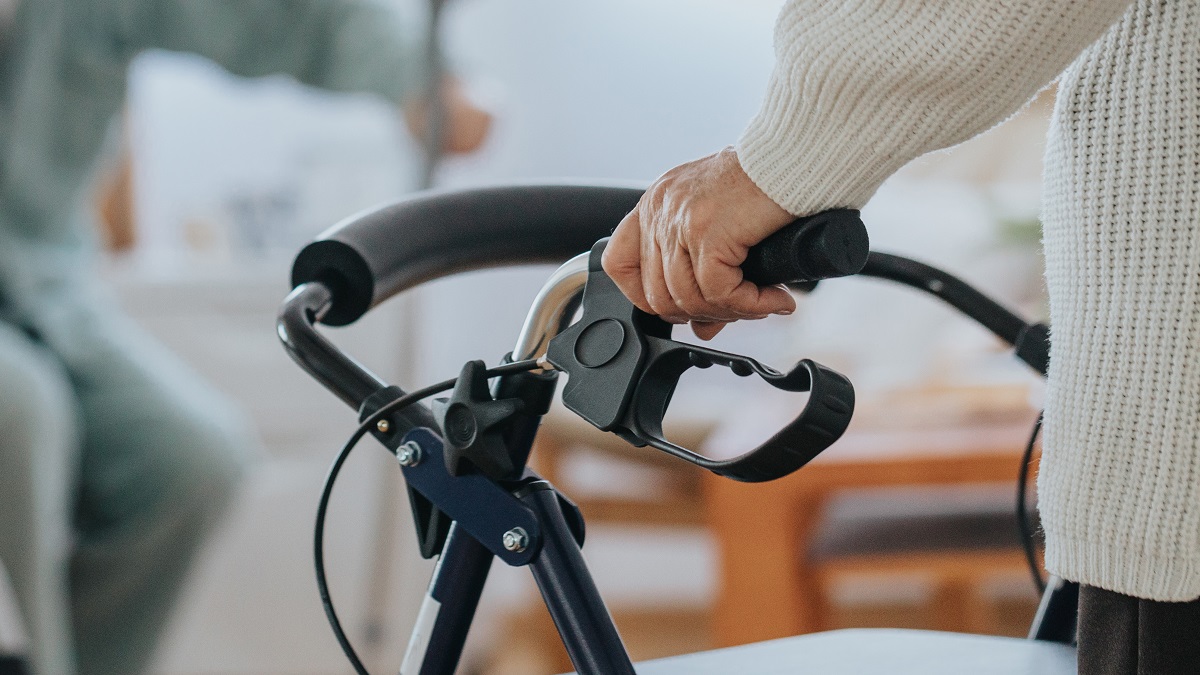Fibromyalgia (FM) is a syndrome defined by chronic widespread pain with multiple tender points, fatigue, sleep dysfunction, and abnormal pain processing. The syndrome can have many other associated symptoms as well but those can depend on person to person. The cause of the syndrome is unknown but theories have revolved around the idea of trauma or problem with the nervous system caused by injury, virus, or essentially an automatic nervous system dysfunctional condition along with theories that speculate it is an asleep dysfunctional condition or it is autoimmune in nature. The role of immune system dysfunction had been downplayed in recent years due to the recent evidence to demonstrate the neurological components. If this new research into the immune system can be replicated it may very well be that Fibromyalgia is a neuroimmune syndrome in nature which could vastly change how it is looked at in research and treatment. In fact, the method used in the research for their test could, in fact, be used in the future diagnostically.
Click Here to Visit the Store and find Much More….
The researchers used several methods to study the cytokine levels of people with Fibromyalgia to healthy subjects. Cytokines are part of our immune system which are proteins that help manage our immune response. “Recent data highlight the role of the immune system in FM. Aberrant expressions of immune mediators, such as cytokines, have been linked to the pathogenesis and traits of FM. We, therefore, determined whether cytokine production by immune cells is altered in FM patients by comparing the cellular responses to mitogenic activators of stimulated blood mononuclear cells of a large number of patients with FM to those of healthy matched individuals “ Prohealth
The study was done by the blind method. There was a total of 110 Fibromyalgia subjects and 91 control subjects involved. All the FM subjects had symptoms and a diagnosis of at least one year and underwent two independent examinations to confirm they met the criteria according to the standards of the American College of Rheumatology. All FM patients were off their fibromyalgia medications two weeks prior to the study being started. Patients with comorbid conditions were excluded specifically ones with already compromised immune systems; such as autoimmune conditions. The median age of the group was 39.
They used “Plasma and peripheral blood mononuclear cells (PBMC)…. Parallel samples of PBMC were cultured overnight in medium alone or in the presence of mitogenic activators; PHA or PMA in combination with ionomycin. The cytokine concentrations of IFN-γ, IL-5, IL-6, IL-8, IL-10, MIP-1β, MCP-1, and MIP1-α in plasma as well as in cultured supernatants were determined using a multiplex immunoassay using bead array technology. ” BMC Clinical Pathology December 17, 2012
Click Here to Visit the Store and find Much More….
Essentially Fibromyalgia patients had substantially lower levels than the control group. Cytokine levels “of stimulated PBMC cultures of healthy control subjects were significantly increased as compared to matched non-stimulated PBMC cultures. In contrast, the concentrations of most cytokines were lower in stimulated samples from patients with FM compared to controls. The decreases in cytokine concentrations in patients’ samples ranged from 1.5-fold for MIP-1β to 10.2-fold for IL-6 in PHA challenges. In PMA challenges, we observed 1.8 to 4-fold decreases in the concentrations of cytokines in patient samples.””BMC Clinical Pathology December 17, 2012
The research done by BMC Clinical Pathology concludes “The cytokine responses to mitogenic activators of PBMC isolated from patients with FM were significantly lower than those of healthy individuals, implying that cell-mediated immunity is impaired in FM patients. This novel cytokine assay reveals unique and valuable immunologic traits, which, when combined with clinical patterns, can offer a diagnostic methodology in FM.” BMC Clinical Pathology December 17, 2012
“In the past, FM was claimed to be a rheumatologic, neurologic or psychiatric disease despite the fact that there were no objective links to any of those pathways. Our findings uncovered evidence that FM is instead an immunologic disorder. They prove that the immunologic basis of FM occurs independently of any subjective features. Hence, this illustrates the very strong clinical value of our test protocol. The fact that individual cytokines exhibited similar dynamics in patient samples reveals that the FM patients are uniform in regard to their cellular immunologic responses.” BMC Clinical Pathology December 17, 2012
Based on one study there is not enough evidence to say that Fibromyalgia is an immunologic disorder, but if more studies confirm similar findings it could mean a great deal. There has been a shift to see the syndrome as neurological and this would increase the shift towards neuroimmune. This means a great deal since it is pointing to specific immune dysfunction which could lead to specific treatments and a better overall grasp of what is going on with this syndrome. Most important is the idea that they could come up with a diagnostic tool, which the lack of has always been a problem. It could lead to people being diagnosed early and prevent misdiagnosis if there was a diagnostic tool.

Click Here to Visit the Store and find Much More….
For More Information Related to Fibromyalgia Visit below sites:
References:
Fibromyalgia Contact Us Directly
Click here to Contact us Directly on Inbox
Official Fibromyalgia Blogs
Click here to Get the latest Chronic illness Updates
Fibromyalgia Stores


